Thanks to the rapid development of technology, many modern lithium batteries with excellent performance characteristics have become widely available. One such product is a lithium-ion (Li-ion) rechargeable battery size 26650, developed in the mid-2000s.
Content
26650 Battery Specifications
Such batteries belong to standardized cylindrical power supplies in which the 26650 digital marking is tied to dimensions and is deciphered as follows:
- 26 is the diameter of the battery in millimeters;
- 650 is the length of the battery in tenths of a millimeter (65 mm);
- Voltage is 3.7 volts.
Electric energy is generated in them, as in other galvanic batteries, as a result of the chemical interaction of two metals in an electrolyte. These power sources use a combination of lithium, iron and phosphate (chemical formula LiFePO4, abbreviated LFP).
These power sources have the following parameters:
- stable voltage during operation is about 3.2 volts:
- operating voltage from 3 to 3.3 volts;
- maximum voltage when fully charged - 3.7 volts;
- minimum operating voltage - 2.8 volts;
- the minimum voltage at full charge is 2 volts.
- a large number of discharge-charge cycles - up to 7000 cycles while maintaining up to 80% of the capacity.
- high peak load current - up to several tens of amperes;
- low self-discharge - up to 5% per month at room temperature;
- long shelf life - up to 15 years;
- high capacity from 2300 to 5000 milliampere-hours and lack of memory effect;
- high thermal stability, which allows maintaining operability at temperatures from -30 ° C to + 55 ° C;
- the serial connection of four batteries gives a voltage of 12.8 volts, which allows them to be used in cars and solar energy;
- high thermal and chemical stability, better environmental performance compared to lithium-cobalt batteries;
- Battery 26650 must have a built-in protection board that protects against overcharge, deep discharge, overcurrent and short circuits;
- light weight of about 100 grams.
The disadvantages of such batteries include:
- high price;
- the need to ensure the correct conditions for their charging and storage;
- lithium-ion batteries are not allowed on aircraft;
- the protection system built into the battery may fail due to static electricity.
If the batteries are improperly charged, there is a danger of fire and explosion. Fully charged lithium-ion power supplies are afraid of high temperatures, built-in protection systems must cut off charging when the temperature rises above 90 degrees to prevent explosion (thermal breakdown). A significant increase in temperature for such batteries is fire and explosive, which is why they are prohibited in aircraft.
Analogs and how to replace the 26650 battery
There are no completely identical power supplies. Very similar sizes in comparison with power supplies 26650 have a battery size 18650which have the same length (65 mm) but smaller diameter (18 mm).
With some refinement associated with securing the battery in the device and ensuring electrical connection, you can temporarily use lithium batteries of other sizes with a voltage of 3.7 volts, ensuring reliable contact of the battery with the load.
In case of emergency, for short-term use, you can connect three power supplies with a voltage of 1.2 volts, for example AA, in series, which ultimately gives a voltage of 3.6 volts. It should be borne in mind that salt and alkaline power sources cannot provide such a high discharge current as lithium-ion batteries provide.

Than 26650 differs from 18650
Due to the fact that the power sources of size 18650 are smaller, the main difference is that their electric capacity is less than that of a battery of size 26650 and ranges from 2200 to 3400 milliampere-hours.
The remaining parameters, in connection with the same production technologies, are almost identical for these batteries.
Battery Applications
Due to the excellent technical characteristics of batteries with a size of 26650, they are widely used as power sources for laptops, as the main charge carrier in emergency chargers (PowerBank).
In radio-controlled models, in electric vehicles and autonomous power supply systems, in electronic cigarettes and other cases when it is necessary to provide power to powerful consumers of electricity.
How to charge battery 26650
Lithium-ion batteries are charged with special chargers. Quality chargers should provide control of charging voltage and temperature.
They should provide a gradual increase in the charging voltage (from 0.05 to a maximum of 4.2 volts), the constancy of the charging current (at the level of 0.5 - 1 ampere), eliminate overheating and automatically turn off when the battery is fully charged.
It is strictly forbidden to exceed the charging voltage above 4.2 volts. This can lead to metallization of lithium at the anode, triggering of oxidation processes at the cathode, which will lead to the release of carbon dioxide and the accumulation of excess pressure in the battery.
To ensure safety in high-quality batteries, a current breaker is installed, which trips at elevated pressure. But, if for some reason the pressure exceeds a critical value, then the battery can catch fire and explode.
When charging and operating such power sources, their temperature should be controlled, and in case of fire it is advisable to use foam, carbon dioxide and powder extinguishers.
Popular manufacturers and their features
The safety of operation of lithium-ion power sources can be ensured only when using quality products, which should not be economized. It is better to buy only products from well-known manufacturers in which a reliable protection system will be installed.
Cheap batteries can be produced with process disruptions, have impurities in their electrolyte and may not be equipped with a protection system. The production technology of modern lithium-ion power sources requires increased accuracy and compliance with all the subtleties, the violation of which can lead to the production of potentially dangerous devices.
The most reliable manufacturers of 26650 lithium-ion batteries and their chargers are Fenix, Robiton, Varicore, Keeppower, Soshine, Nitecore, Soshine, Liitokala, Nitecore, TrustFire.
It is worth refraining from purchasing products from unknown and unreliable manufacturers, as well as fakes of well-known brands.
What to look for when purchasing 26650 batteries
When choosing a battery, you need to pay attention to the quality of the assembly, the manufacturer, study the notation printed on the case, voltage (3.7 V), battery power, which is usually indicated in mah or mAh.
If there is damage to the case, swelling, or hissing sounds, such lithium-ion batteries cannot be operated and stored, but must be taken out to a place protected from fire and disposed of.
Have questions or have something to add? Then write to us about it in the comments, this will make the material more useful, complete and accurate.

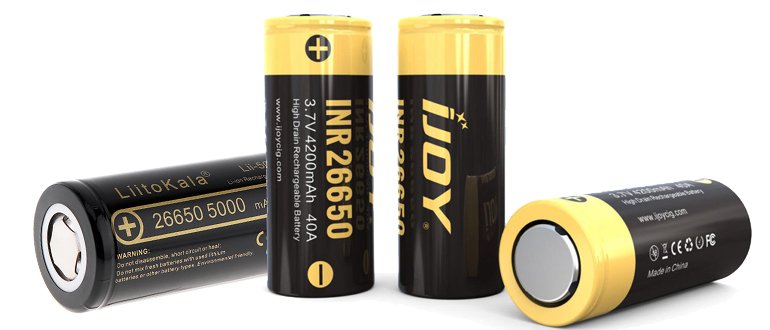

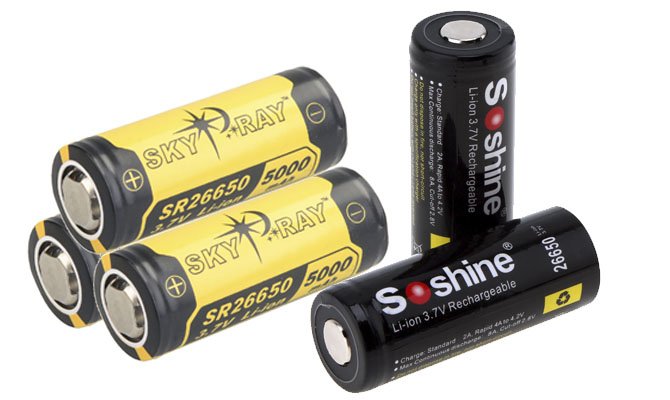
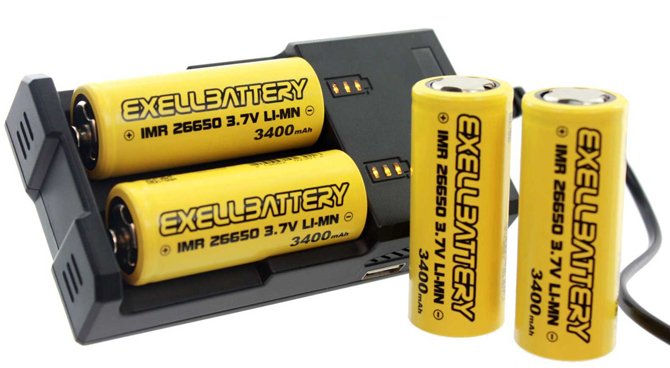
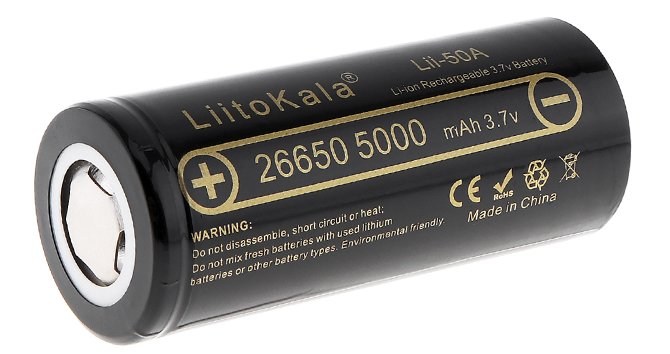
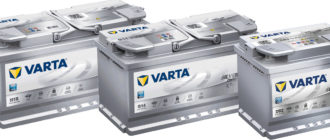
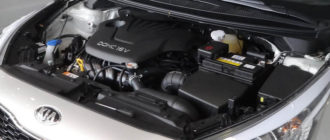
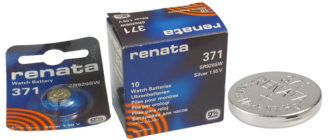
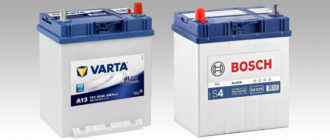
the first 2 digits indicate the value of the diameter of the energy source (in mm); the next 2 digits indicate its length (in mm); the last digit reflects the shape of the battery (0 - cylindrical shape)